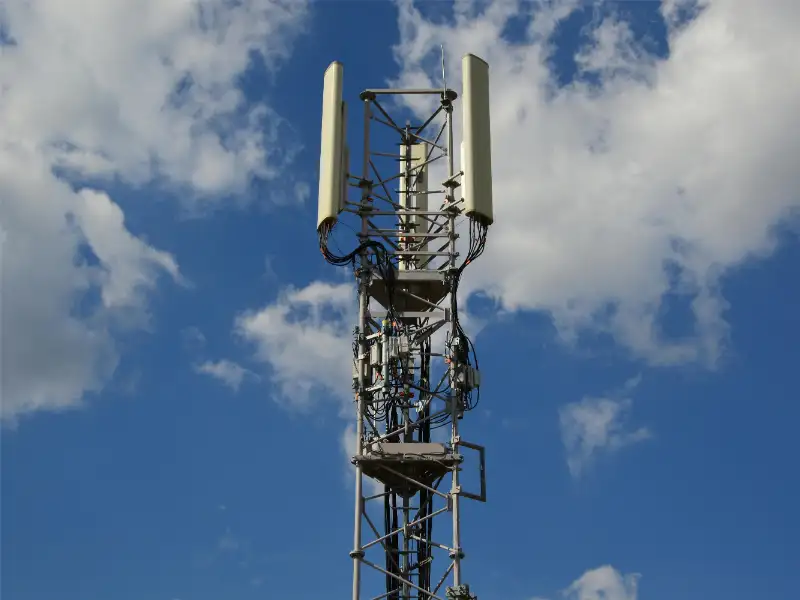- One of the most significant changes brought about by 4G technology was the dramatic increase in speed and performance.
- The era of 4G also heralded the exponential growth and diversification of mobile applications. Before 4G, the limitations in network speed and capacity restricted the functionality of mobile apps. Developers had to design apps that required minimal data usage and could function adequately on slower connections. However, with 4G’s enhanced capabilities, a new wave of innovation emerged in the app development landscape.
The advent of 4G technology marked a pivotal moment in the evolution of mobile communications, revolutionising how we interact with the digital world. Before 4G, mobile internet was often slow and unreliable, limiting the potential of mobile devices. With the introduction of 4G, not only did speeds increase dramatically, but the capacity for data-intensive applications also expanded. This transformation laid the groundwork for a connected world where streaming, social media, and real-time communication became integral to our daily lives.
Speed and performance
One of the most significant changes brought about by 4G technology was the dramatic increase in speed and performance. Prior to 4G, 3G networks struggled to keep up with the growing demand for faster data transmission. Download speeds averaged around 2-3 Mbps, which was sufficient for basic web browsing and email but inadequate for more data-intensive tasks. The introduction of 4G technology changed this scenario entirely, offering download speeds averaging between 20-30 Mbps and peak speeds that could reach up to 100 Mbps under ideal conditions.
This increase in speed transformed user experiences across the board. Streaming high-definition videos became seamless, eliminating the frustrating buffering times that plagued earlier technologies. Moreover, online gaming saw a revolution, with reduced latency and smoother gameplay, allowing gamers to compete in real-time without lag. This enhancement in performance also paved the way for the growth of video conferencing, enabling high-quality, real-time communication that is essential for remote work and virtual meetings.
Also read: Ericsson completes successful drone project at 5G Smart Factory
Also read: Ericsson showcases indoor 5G drone in smart factory
The rise of mobile applications
The era of 4G also heralded the exponential growth and diversification of mobile applications. Before 4G, the limitations in network speed and capacity restricted the functionality of mobile apps. Developers had to design apps that required minimal data usage and could function adequately on slower connections. However, with 4G’s enhanced capabilities, a new wave of innovation emerged in the app development landscape.
One of the most notable impacts was on social media platforms. Applications like Facebook, Instagram, and Twitter could now support richer multimedia content, including high-definition photos and videos. Users were able to upload and share content instantly, fostering more dynamic and interactive social interactions. Additionally, the rise of live streaming apps such as Periscope and Facebook Live was made possible, allowing users to broadcast events in real-time from their mobile devices.
Furthermore, 4G enabled the proliferation of location-based services and augmented reality (AR) applications. Apps like Pokémon GO leveraged the increased speed and capacity to deliver complex, interactive experiences that blended the digital and physical worlds. Navigation apps such as Google Maps and Waze became more accurate and responsive, providing real-time traffic updates and route optimisations.
4G’s ability to handle larger amounts of data at higher speeds opened the door for a new generation of mobile applications, transforming how we interact with technology and each other in our daily lives.
In essence, 4G’s superior speed and performance created a more efficient and enjoyable digital experience, setting new standards for mobile connectivity and paving the way for the development of more sophisticated applications and services.
Impact on business and social connectivity
Beyond personal use, 4G technology significantly impacted business operations and social connectivity. The increased bandwidth and reliability of 4G networks allowed businesses to adopt mobile solutions that were previously impractical. Cloud computing, for instance, became more accessible, enabling employees to access and share large files quickly from anywhere, thus enhancing productivity and collaboration.
E-commerce also flourished with the advent of 4G. Mobile shopping apps like Amazon and eBay could offer richer user interfaces and faster transaction processing, improving the overall customer experience. This shift was instrumental in the rise of mobile commerce (m-commerce), which has since become a substantial segment of the retail market.
Social connectivity experienced a similar boost. Instant messaging apps such as WhatsApp and WeChat benefited from 4G’s capabilities, providing users with faster and more reliable communication options, including voice and video calls over the internet (VoIP). These platforms have not only connected people globally but have also become essential tools for business communications.
Moreover, 4G facilitated the growth of remote work, a trend that has only accelerated in recent years. High-speed mobile internet enabled professionals to work efficiently from any location, using video conferencing, cloud services, and collaborative tools.

